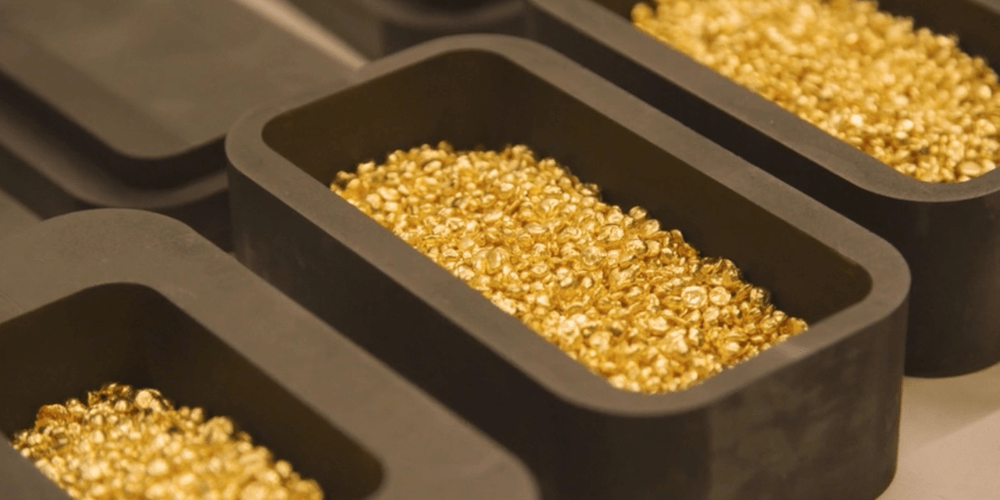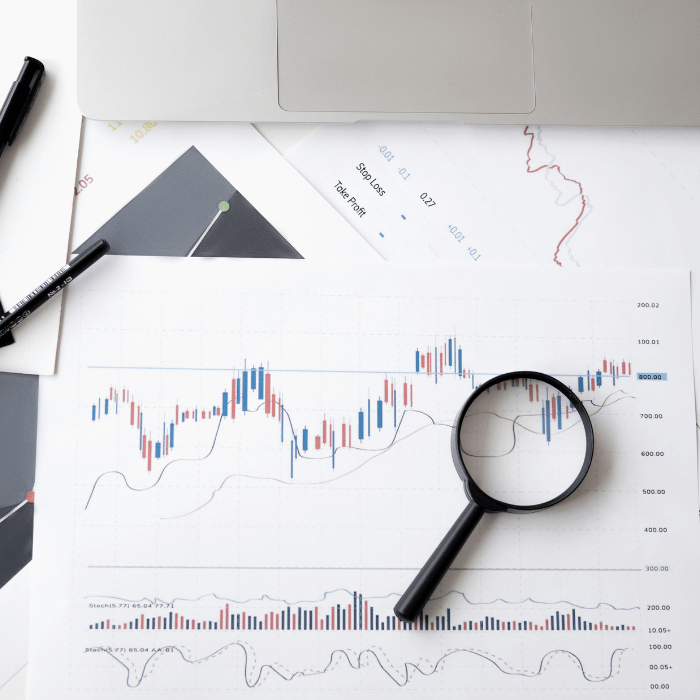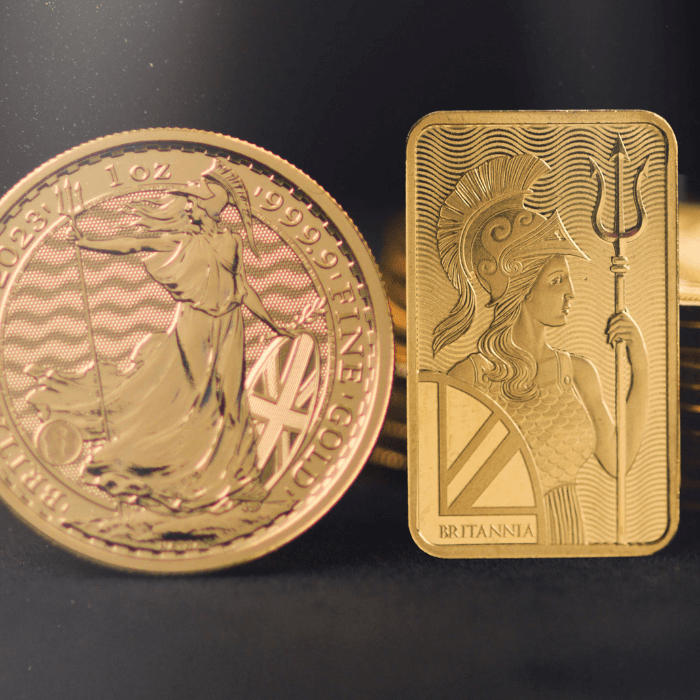
The World Gold Council (WGC) released its Q3 report on gold demand trends on 31 October 2023. The report provides significant insights into the evolving global gold market, highlighting the complex yet promising landscape for investors. With robust demand, geopolitical uncertainties and nuanced regional differences, the report presents key themes and statistics that can help investors navigate the golden waters ahead. This article will delve into the report’s specifics to uncover some important facts and takeaways that may prove useful.
Global Gold Demand Trends
Global gold demand remained strong in the third quarter of 2023, with a total demand of 1,147 tonnes. Despite being 6% lower than the same quarter of the previous year, this demand was still 8% higher than the five-year average. This indicates that gold remains a popular investment option in the face of changing economic conditions.
Central banks have played a crucial role in driving this demand. They continued their trend of steady gold buying, with a net buying of 337 tonnes in Q3. Although this figure did not surpass the record set in Q3 of 2022, the year-to-date demand reached an impressive 800 tonnes, which is a new record for the WGC data series. The consistent increase in gold buying by central banks suggests that the demand will remain high, leading to a robust annual total for 2023.
India’s Gold Market Dynamics
India is one of the world’s most significant gold markets, and in Q3 2023, it demonstrated a healthy demand for gold, something which can be attributed to multiple factors.
Most notably, jewellery, which is the heart of India’s gold market, experienced a 7% increase year over year (YoY), registering at 155.7 tonnes. This represents an increase of 19% above the five-year average for the region of 130 tonnes. This growth is fuelled by softer gold prices and the festive season, particularly in South India.
Investment Patterns and Behaviours
Investors have traditionally turned to gold during times of uncertainty, but Q3 of 2023 showed some positive trends in the market:
Investment Demand: During the quarter, there was a significant increase in investment demand, with a 56% YoY spike, settling at 157 tonnes. This was driven by multiple economic sentiments, global developments and fears, such as concerns about inflation. However, this demand was perceived as weak when compared to the five-year average, indicating that the growth may be less robust than it initially appears.
Bar and Coin Investment: Overall, the WGC saw a decrease in demand for bar and coin investment in Q3, but overall demand for these assets was 296 tonnes. This figure is not only higher than the previous quarter but also notably surpasses the five-year average. This decline was largely attributed to sharp falls in Europe.
Gold exchange-traded funds (ETFs): A noteworthy development was the continued outflows observed in gold ETFs during Q3. This was primarily due to investor sentiment, which suggested that interest rates would remain elevated. However, despite this, the strength in over-the-counter (OTC) investments resulted in an impressive 120 tonnes for the quarter. This growth was partly fuelled by high net worth demand in countries like Turkey and stock building in other markets.

Global Gold Supply Dynamics
During Q3, the global supply chain for gold experienced some interesting fluctuations and trends. Overall, the total gold supply saw a 6% YoY increase, which can be attributed to a combination of factors in the production and recycling sectors of the gold industry.
One noteworthy highlight was the mine production, which set a year-to-date record of 2,744 tonnes. This increase was driven by the consistently high gold prices, which encouraged increased production activities.
Another significant development was the healthy growth of gold recycling, which is often overlooked. Gold recycling saw an 8% YoY increase, reaching 289 tonnes for the quarter. This growth was mainly due to the continued high price of gold, which supported recycling activities on a global scale.
Geopolitical Tensions and Gold’s Resilience
Geopolitical tensions have historically increased the demand for gold, making it a popular safe-haven asset. This trend has continued in recent times, with central banks around the world buying gold at a historically high rate, indicating their trust in gold as a long-term store of value. The WGC predicts that the strong buying streak will continue due to increasing geopolitical uncertainties, suggesting that gold could potentially surprise on the upside, especially if global tensions continue to rise. Despite headwinds like high interest rates and a robust US dollar, gold demand has remained resilient, potentially due to the geopolitical tensions. This is reflected in the elevated gold prices, which breached the USD $2,000 mark, further cementing the precious metal’s unwavering appeal.
Regional Spotlight: India and the Middle East
Different regions experienced distinct gold demand and supply dynamics during Q3 2023. Two areas that stood out were India and the Middle East:
Gold demand in India for Q3 2023 saw a significant increase of 10% compared to Q3 2022. This upswing was mainly due to softer gold prices, robust economic sentiment and festive demand. Gold jewellery purchasing also saw an upward trend, mainly during the festive period, particularly in South India. Egypt saw a 27% decline in the demand for jewellery YoY, coupled with a 4% drop in coin and bar demand, mainly attributed to the introduction of a sales tax on smaller gold bars.
Other countries, such as Turkey and Iran, also saw a contraction in gold demand. Whilst Turkey’s demand for gold bars and coins declined, it was still significantly higher than its average in the last five years. In Iran, the demand for gold bars and coins saw a substantial drop.
The Investor Behaviour and Demand Dynamics
The behaviour of investors greatly influences the demand and perception of gold. Several factors played a role in Q3 2023. Investment demand saw a significant rise during the quarter, especially for gold bars and coins. On the other hand, Gold ETFs experienced continued outflows. This trend is primarily driven by investor sentiment that interest rates will remain high, influencing decisions to move out of gold ETFs.
It is noteworthy that OTC investment witnessed strength, resulting in robust demand for the third quarter. This uptick was partially driven by high net worth demand in countries like Turkey, and stock building in other markets.
Supply Dynamics and Recycling Trends
The supply side plays a critical role in the gold ecosystem, as much as demand shapes the market. The total gold supply witnessed a 6% increase YoY in Q3. This includes an impressive year-to-date mine production record. Gold recycling, an integral part of the supply chain, saw increased activity. Globally, a high gold price supported recycling, leading to an 8% YoY rise. Efforts from organised players in regions like India suggest a bullish outlook on recycling trends for the foreseeable future.
Conclusion
Gold remains a pivotal asset in the global economic landscape. Despite facing challenges such as fluctuating demand in different regions and changing investor sentiments, its intrinsic value remains unshaken. The Q3 2023 WGC report underscores gold’s enduring appeal in uncertain times, whether it’s driven by geopolitical tensions, central bank buying or the metal’s status as a safe haven.
Both central banks and individual investors continue to showcase trust in gold. As economic uncertainties and geopolitical tensions remain, the market can expect gold to sustain its role as a stability anchor. Whether viewed through the lens of supply-demand dynamics, regional trends or investor behaviour, gold’s timeless allure persists, solidifying its place as an asset of choice in a volatile world.
The contents of this article, accurate at the time of publishing, are for general information purposes only, and do not constitute investment, pensions, legal, tax or any other advice. Before making any investment or financial decision, you may wish to seek advice from your financial, pensions, legal, tax and/or accounting advisors.




